Auckland Castle Deer House
Building In Bishop Auckland, County Durham
The deer house is a rare and well preserved example of Gothic Revival architecture built in 1760.
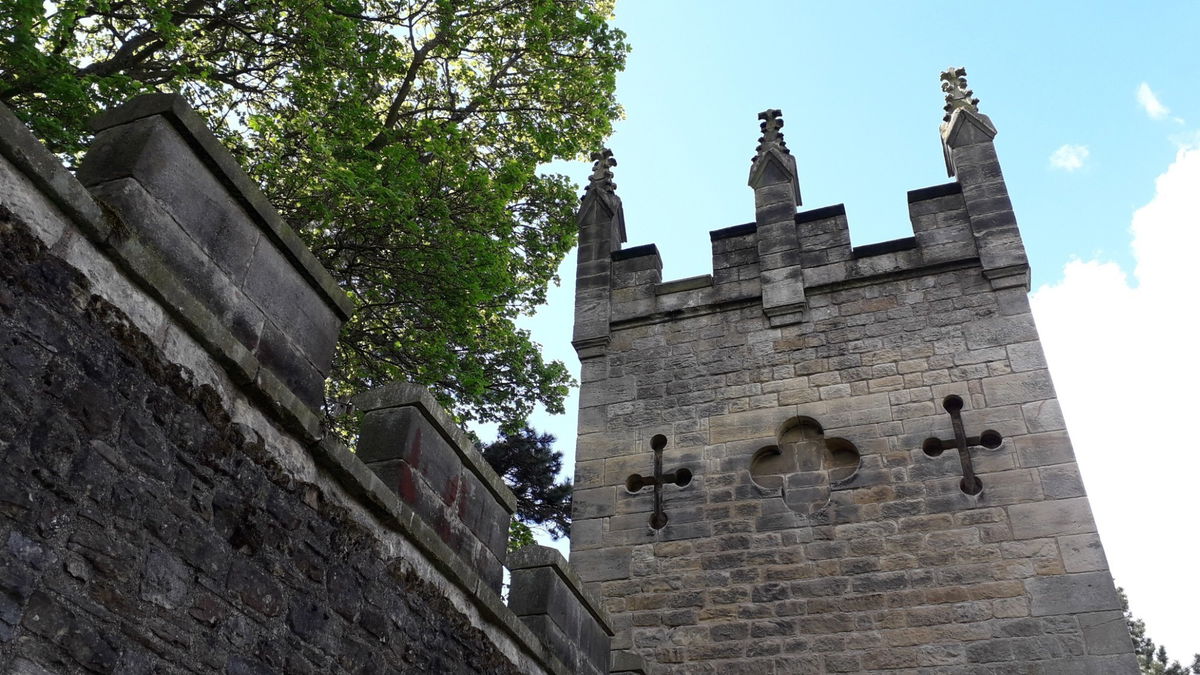
The deer park was built around 1760 by Richard Trevor, the Bishop of Durham from 1752 to 1771. It provided a feeding place and shelter for deer, and rooms for his guests to rest and enjoy a picnic.


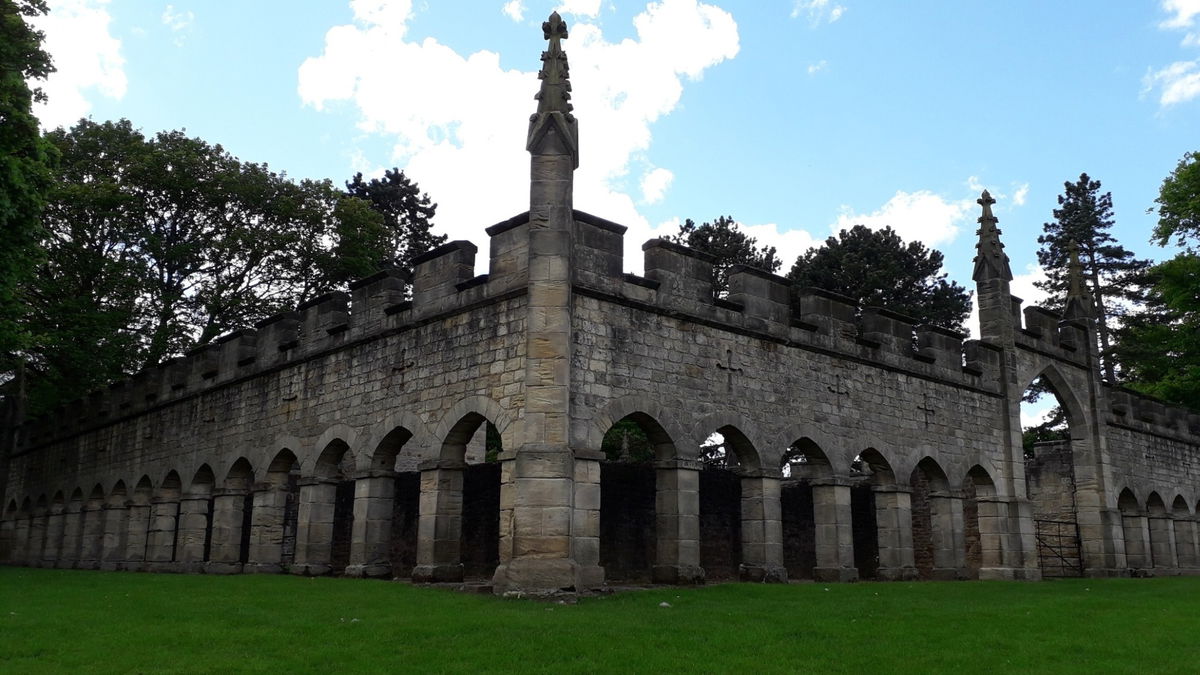
The deer park is set in Auckland Park, which is 150 acres and was created over 800 years ago by the Prince Bishops of Durham for hunting. The park still retains a lot of it's medieval features and has lovely walks down to the River Wear.
The park is part of the grounds of nearby Auckland Castle, which is well worth a visit too.
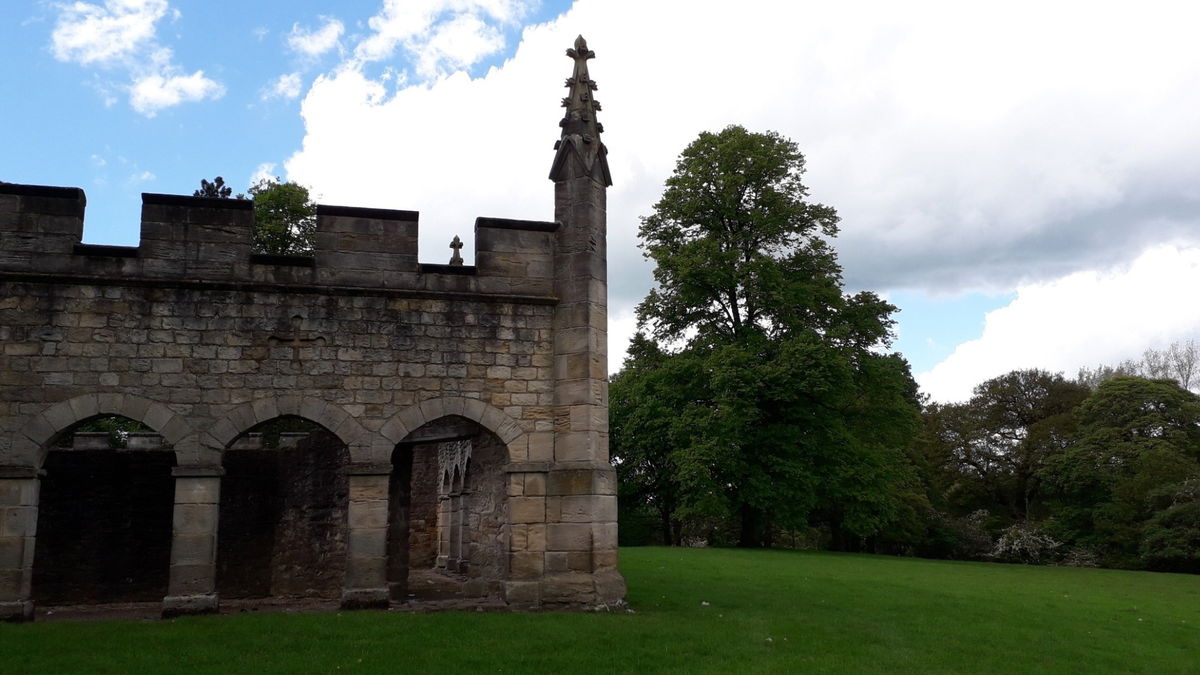
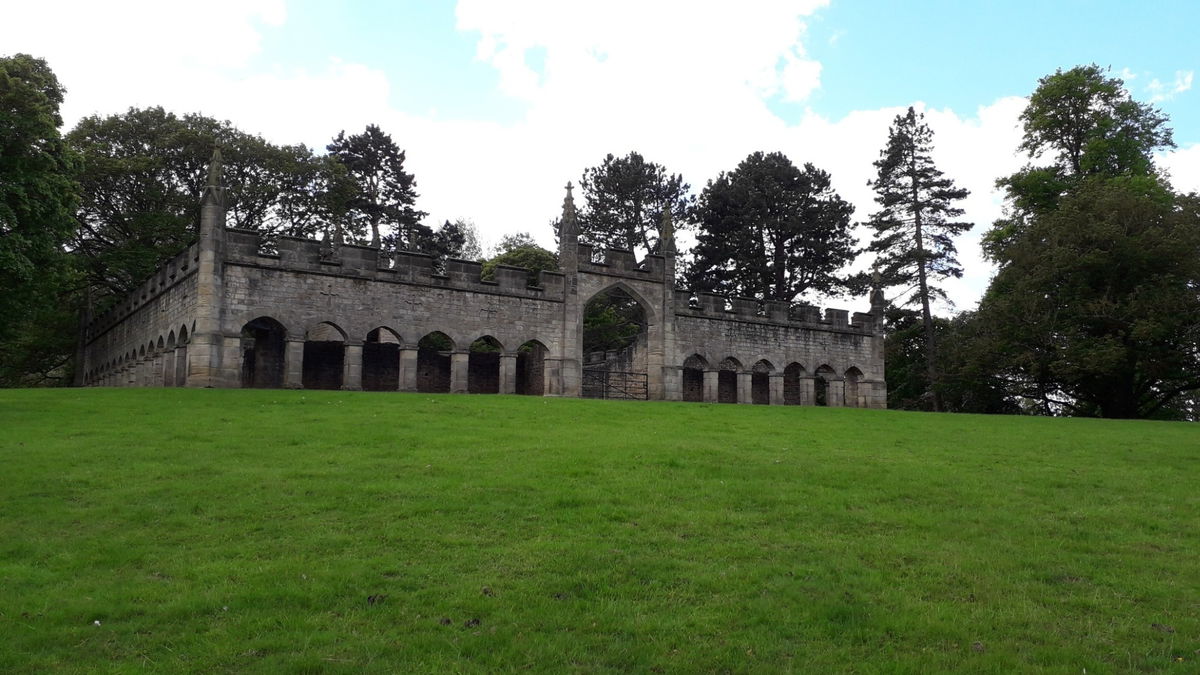
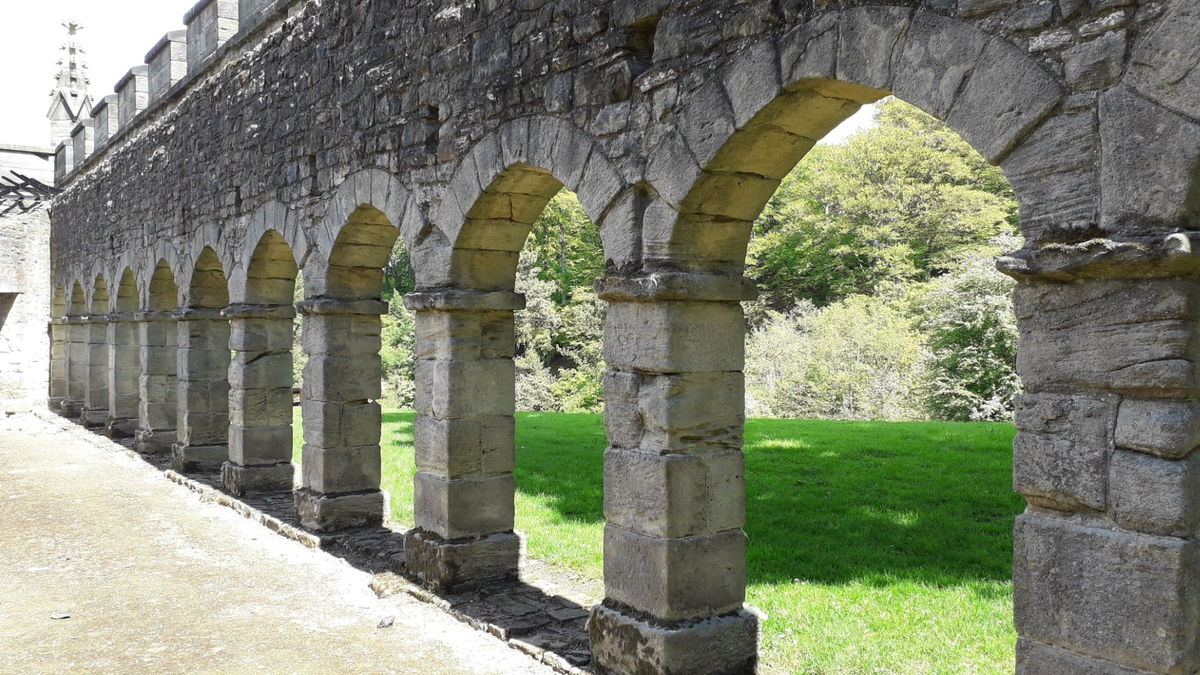
Get 3 points if you have visited this place. Already visited by 75 VIPs.
Login to the VIP area to add places to your bucket list, mark them as visited and more importantly see where you rank on the league table.
How To Find Auckland Castle Deer House
Where Is Auckland Castle Deer House?
Lat / Long
54.6688, -1.66666
What three words
Where To Park For Auckland Castle Deer House?
Lat / Long
54.66478, 54.66478
What three words
There are a number of car parks in Bishop Auckland. The closest to the deer house is the long stay car park at Kingsway (Castle Chare).
Contributed by Sandra Clemens
I love the great outdoors and have been a National Trust & English Heritage member for years. I also love going off the beaten track and finding places like Sharp's Folly or Rothley Castle which are hidden gems in Northumberland. My favourite recent hike was climbing Red Screes in the Lake District on a whim, not fully grasping how high 776m was. It was still an achievement to conquer a Wainwright walk and I hope to do more one day.
More Places from Sandra
More Places In Bishop Auckland
Find more fabulous places in Bishop Auckland, County Durham and if you know of a place we haven't listed, then let us know.
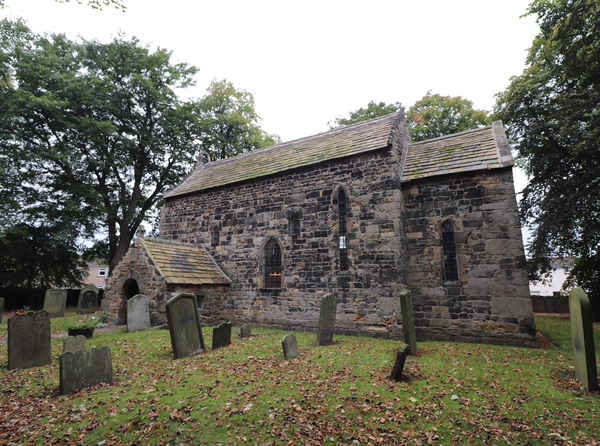
Escomb Saxon Church
Religious Place Bishop Auckland County DurhamFounded about AD 670–675, it is one of the oldest Anglo-Saxon churches in England.
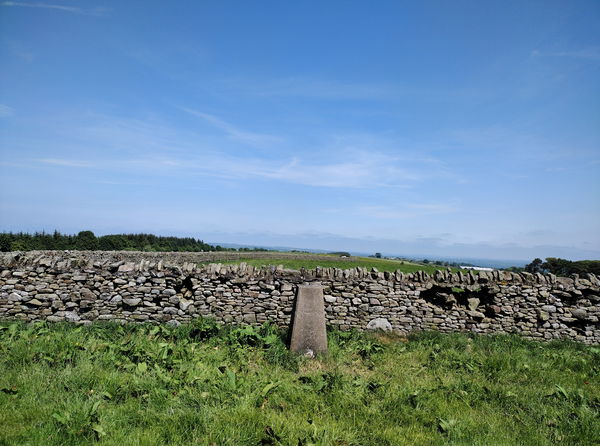
Mayland Lea Farm Trig Point
Trig Point Bishop Auckland County DurhamThis is the trig point for Mayland Lea Farm sitting by a wall in a field (305m) near Bishop Auckland.
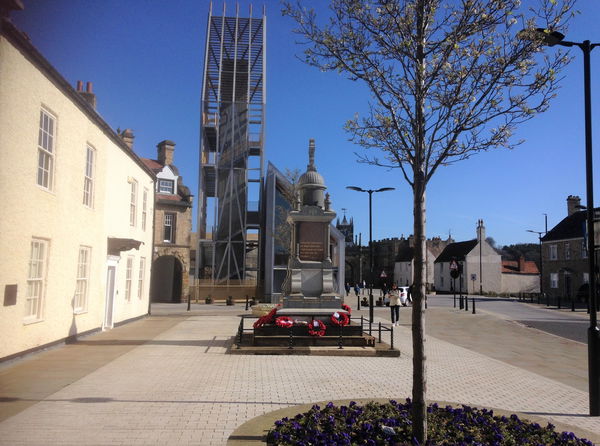
Auckland Tower
Building Bishop Auckland County DurhamA tower based on a siege engine amongst eclectic buildings
More Buildings
So this building wasn't enough and you want more? Don't worry we have you covered.
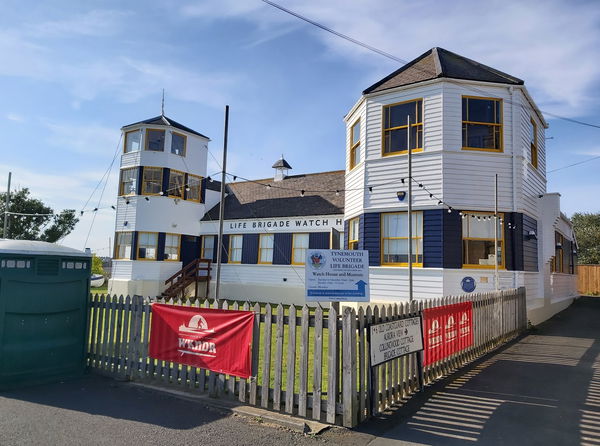
Tynemouth Watch House
Building Tynemouth Tyne And WearA museum dedicated to the Volunteer Life Brigade at Tynemouth.
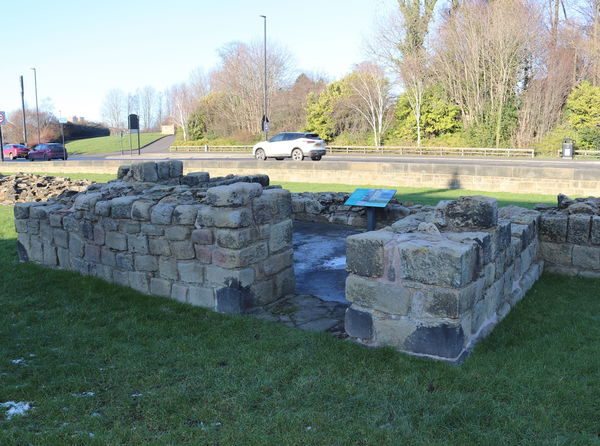
Denton Hall Turret
Building Denton Burn Tyne And WearTurret 7B on Hadrian's Wall, found along with a 63m long section of the wall in a small area of public space in a housing estate by the A186
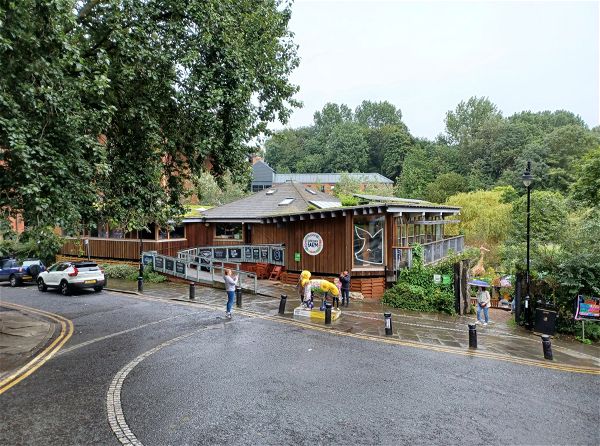
Ouseburn Farm
Building Newcastle City Centre Tyne And WearA charity and working community farm in the urban heart of Newcastle upon Tyne.
Never Miss A Fabulous Place
If you are afraid of missing out on all the fabulous places we post, or just want to be the first to know, then sign up to the Fabulous North.
Each week we will email you all the brand new places that we visit.
Sign Up To AlertsFind Us On Facebook
We post all our new places daily on our Facebook Groups page, so join the group today and be notified when we add a new place.
Join Our Facebook GroupAuckland Castle Deer House was listed in Building // County Durham // Bishop Auckland

